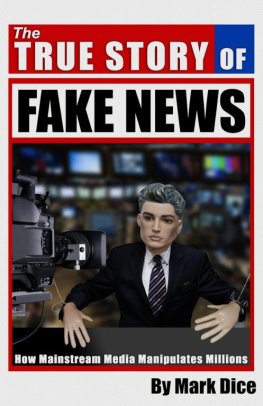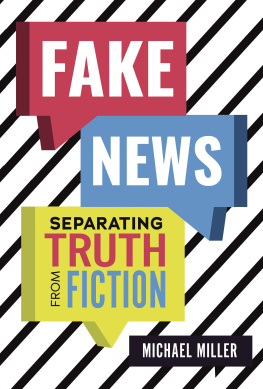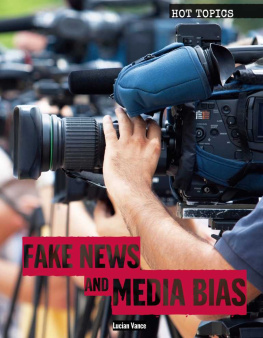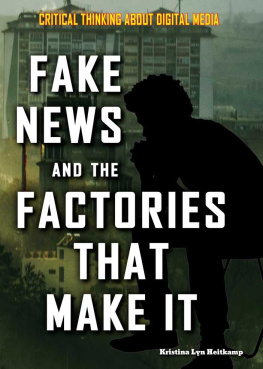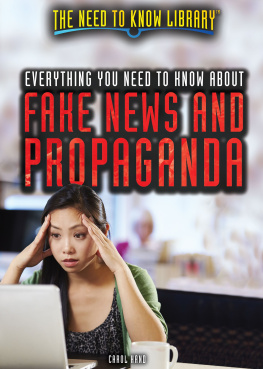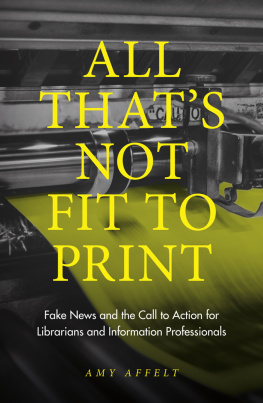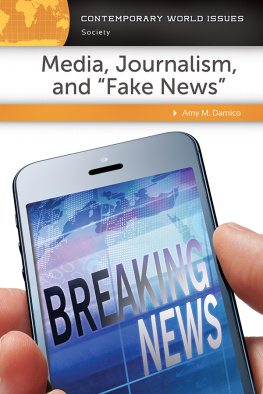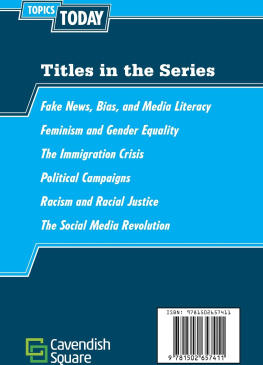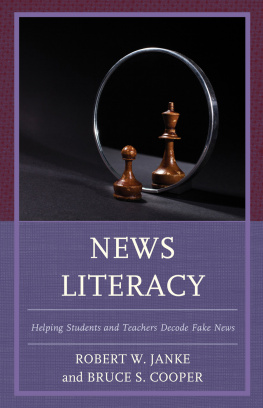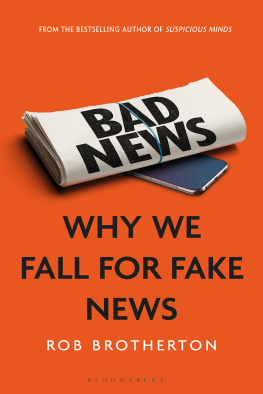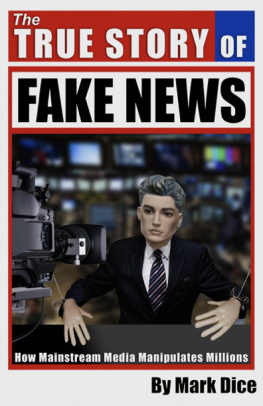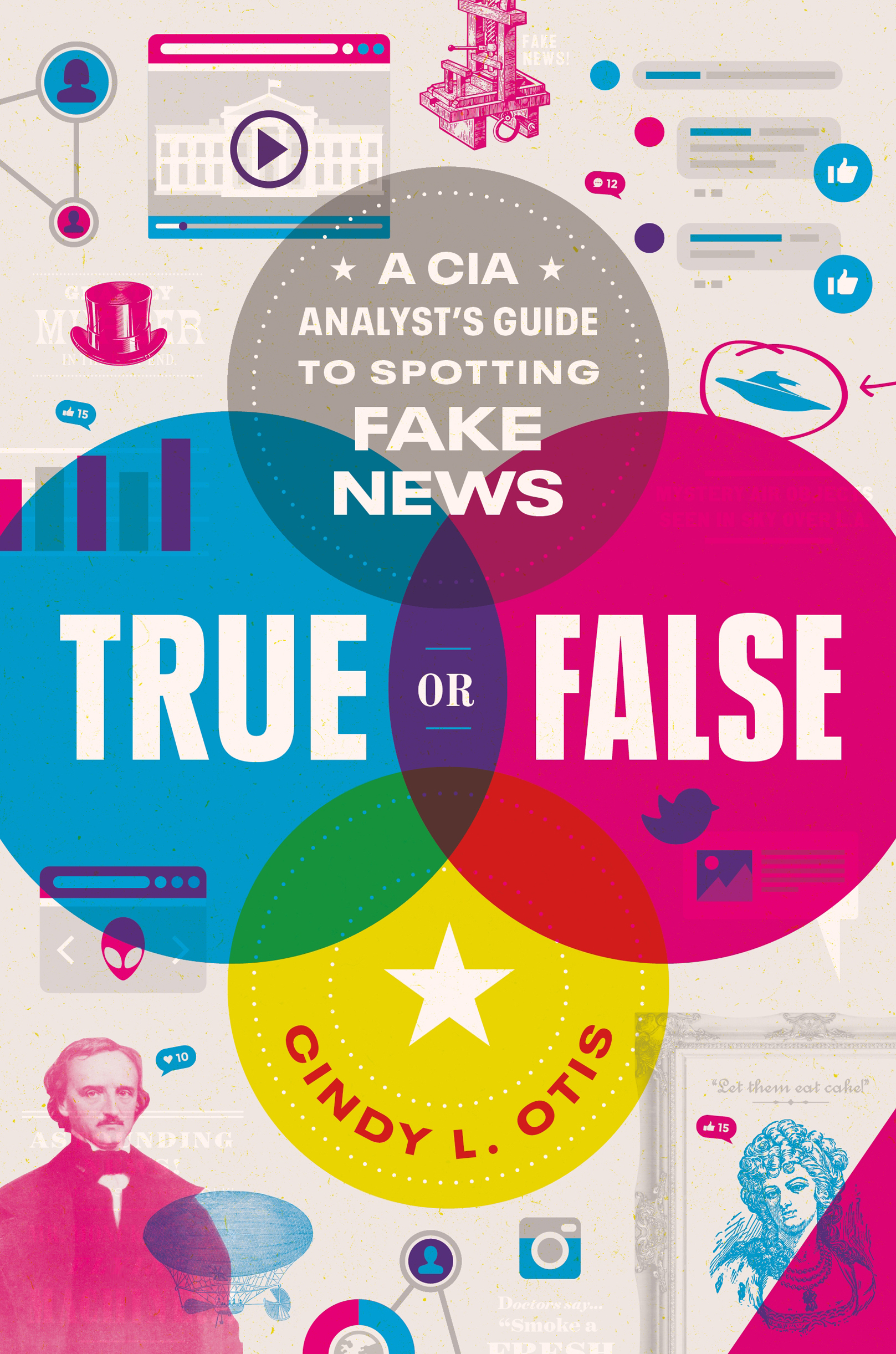The author and publisher have provided this e-book to you for your personal use only. You may not make this e-book publicly available in any way. Copyright infringement is against the law. If you believe the copy of this e-book you are reading infringes on the authors copyright, please notify the publisher at: us.macmillanusa.com/piracy.
I was twenty-three years old the first time I walked through the doors of the Central Intelligence Agencys headquarters in McLean, Virginia. The lobby at the main entrance reminded me a little of a museum. It had gray-and-white-checkered floors, rows of thick pillars, high ceilings, and in the center of the floor the giant granite CIA seal of an eagle, shield, and sixteen-pointed star. All I had been told was that a point of contact from the office I was going to work in would meet me in the lobby. I wasnt given a name or any kind of physical description of said person. At the time, the lack of details had felt deliciously spy-like. But it became instantly terrifying the moment I arrived and found absolutely no one waiting for me at the entrance.
I had expected the lobby to be full of people rushing about doing important things, but it was utterly silent and completely empty, except for a guard at a small desk. A million doubts swam through my mind, and I froze in front of the seal. Am I really supposed to be here? What if I got the date wrong or went to the wrong entrance? What if no one is coming for me, because theyve changed their mind about hiring me, and this is their way of letting me know?
I took a shaky breath to work up the courage to approach the guard.
Hi, uh, someone is supposed to meet me here at nine oclock, but I dont know their name or where theyre coming from, but I was told someone would be here and this is my first time here The words tumbled out in an embarrassing rush, my voice at a squeaky pitch I wasnt sure it had ever reached before.
Do you have a phone number for them? I can call them, he said. His hand reached for the phone.
Oh gosh, no, I dont. The situation was feeling more hopeless by the second.
The guard smiled. No problem. You can just wait here for them. Feel free to look around in the meantime, if you want.
I felt myself relax a little. If he wasnt worried that no one had arrived to collect me yet, I guessed I shouldnt be either. It was the CIA, after all. Perhaps no one knew anyones names.
I had wanted to work for the CIA almost my whole life. I had finally made it, but couldnt quite believe it now that I was actually here. It hit me then that I would never again have a first day at the CIA, so I decided to take the guards advice and wander a bit. On the right side of the room, there was a wall of stars chiseled into the marble, one for each CIA officer who had lost their life in the service of their country. On the left, a fourteen-foot-tall bronze statue of the man largely considered to be the founding father of the CIA, William Wild Bill Donovan, loomed over the lobby. I crossed the room and stood transfixed, staring up at the man Id only ever read about in history books. Next to him, there was a single star on the wall to honor all the people whod died while serving under the CIAs predecessor, the Office of Strategic Services.
I was about to head back to the seal to wait when something caught the corner of my eye. It was a sentence, high up on a wall of white marble, carved in large capital letters:
AND YE SHALL KNOW THE TRUTH AND
THE TRUTH SHALL MAKE YOU FREE.
JOHN VIIIXXXII
I recognized the Bible verse, but something felt different about reading it again at the CIA, though I wasnt quite sure why. I was too busy processing the words to notice a person approaching until she was standing next to me.
Hi, you must be Cindy, the woman said.
She introduced herself and I shook her hand, perhaps, in my relief, a little more enthusiastically than I normally would have. For a moment, my eyes flickered back to the verse on the wall. The woman followed my gaze.
Its our motto, and it guides our work here every day, she explained before waving for me to follow her.
As we passed through the lobby together, I couldnt help it. This place is so cool, I breathed.
The corners of her mouth turned up in a small smile. Yes, I suppose it is.
I would like to be able to tell you my job there as an intelligence analyst was like being the American version of James Bond, if only because it sounds really exciting. Hollywoods depiction of the spy life involves a lot of blowing things up and daring fistfights with villains on top of moving vehicles. My job was not like that. But still, it was, as I had predicted that first day, so cool, because the heart of the job was importantI was discovering the truth.
As an intelligence analyst at the CIA, I was responsible for keeping senior American government officials informed about current, fast-moving events happening all around the world. I looked at things like wars in other countries, terrorist attacks, and what policies foreign governments were making that might affect the US. To do this, I had to comb through information, or intelligence, that constantly poured in from many kinds of sources every single day. Some of that intelligence was from human assets in other countries (people the CIA has recruited to collect information) or from satellite imagery or electronically gathered information, like intercepted emails and phone calls.
But some of our biggest sources of information came from things anyone could find online, like news reports, academic studies, and even social media. Maybe that comes as a surprise, but think about itpeople put their whole lives on the internet. Foreign politicians have social media accounts where they post about what they are doing or where they are going, governments publish reports about their work, and investigative journalists constantly publish breaking news stories about events all over the world faster than most intelligence collection platforms can pick up and process the information.
With all that information available to analysts, collecting intelligence is a little like fishing sometimes. We cast our line into the water and hope that eventually we will feel a tug at the end of it. That tug might be an actual fishthat is certainly what youre hoping to catchbut in some cases it might turn out to be a plastic bag, or maybe its a tin can someone intentionally dropped into the water that found its way onto our hook. All this garbage makes it difficult for analysts to figure out what is real and what isnt.
So, whats the garbage we pull out of the water? Some of it is lies and deceptions from a government trying to hide what it is really doing, or false information that governments, groups, or individuals put out to try to influence peoples opinions. Some of it is news that has been intentionally sensationalized in an effort to attract more readers, but that has lost some of its accuracy in the process. Other times it is a joke or a prank a person or group is trying to pass off as true. If I had to put all these pieces of information garbage under one umbrella term, it would be this: fake news.


